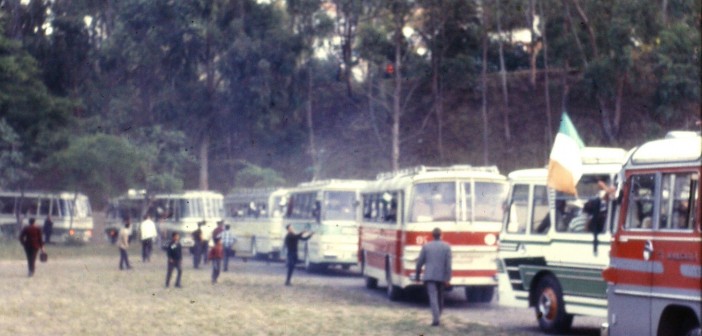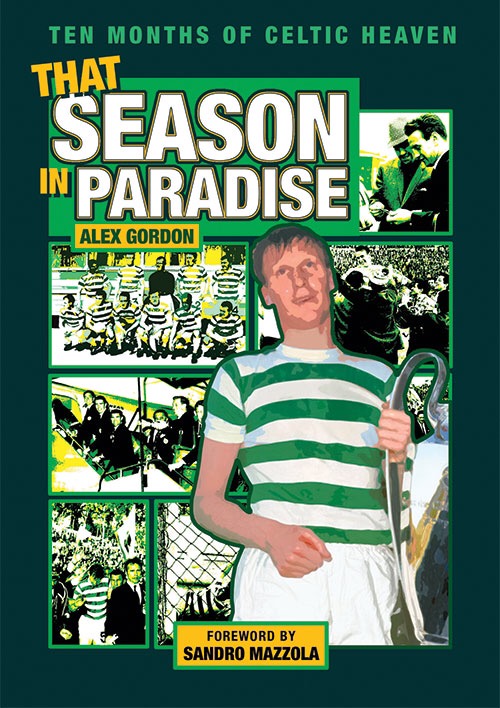LISBON was a kaleidosope of vibrant, dazzling colours as the sun gleamed in the sky and welcomed the first of the green-and-white carnival.
The image was flawless; a technicolour fusion of effervescent hues and vivid shades lighting up the Portuguese capital as the procession made its joyous way into the city.
The many shades of green sat serenely among the local blooms of lavenders, pinks, violets, blues and yellows that lined the terracings and added to the festival atmosphere.
The glorious setting was perfection itself for a celebration. And the thousands of incoming supporters of Celtic Football Club weren’t about to pass up the opportunity of playing their good-natured role in the party of a lifetime.

It was May 1967 and for many of the 10,000 or so who surfaced in Lisbon it was their first time abroad. A typical holiday destination was more likely to be Millport than Marjorca, Rothesay rather than Rome. Obviously, the easiest route was to travel by charter flight. One company offered four full days in Lisbon for £57.
To put that in context, the basic weekly wage of a Celtic first team player at the time was £65. A new Austin Morris saloon was £700 and the average semi-detached villa in Scotland cost £4,012. A two-piece suit from Burton’s would set you back £16.50 (£16 10s) and a pint of beer was 10p (2s). So, for the majority desperate to watch their heroes in a far-off land, £57 represented a sizeable chunk of revenue.
The fortunate among the travellers who managed to annex a centre stand seat had to fork out £2 7s 6d (£2.38) while a place in the terracing behind the goal was priced at 10s (50p).
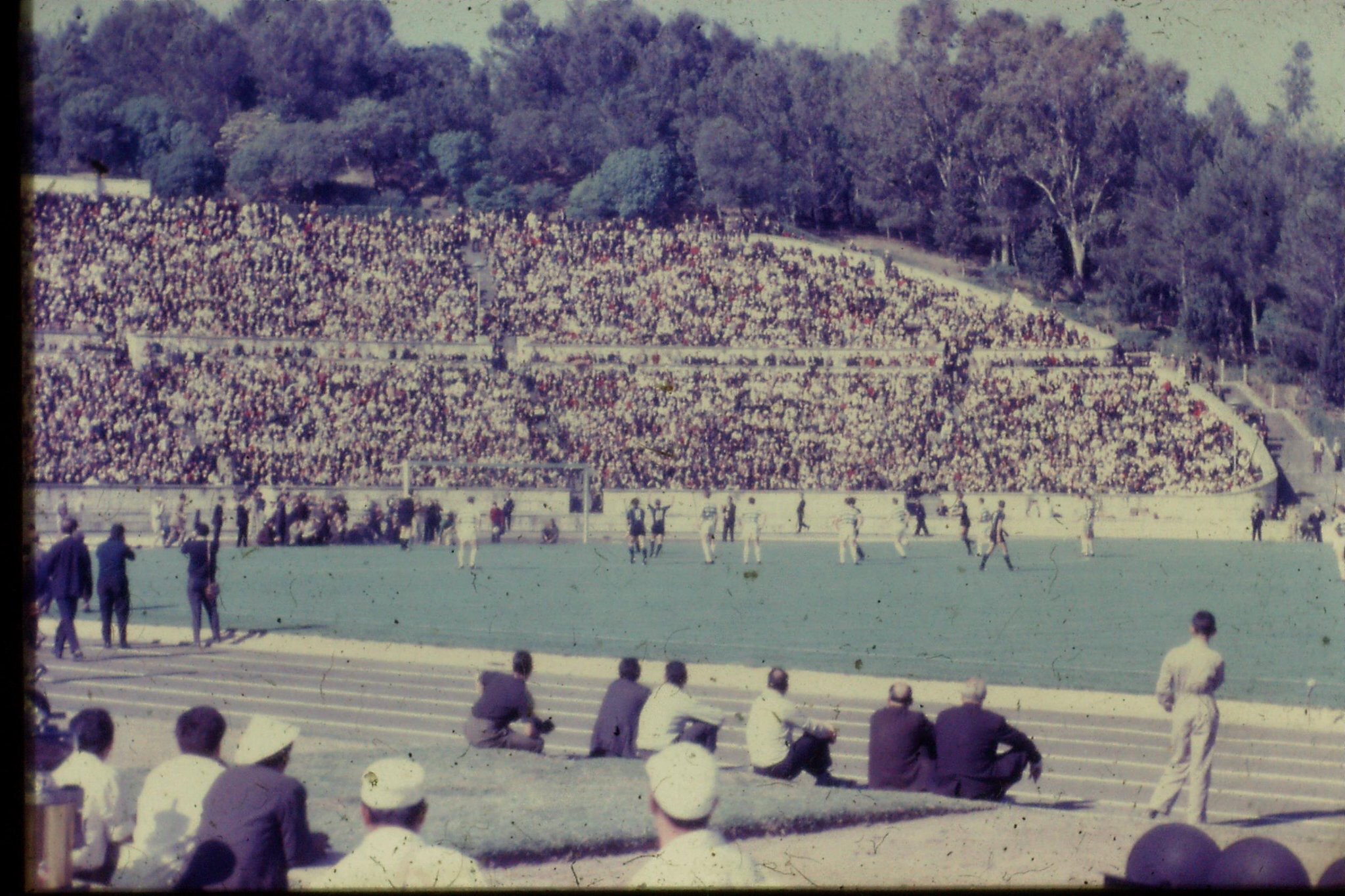
The competition among the aircraft rivals was intense and one smart operator offered a half-bottle of whisky to each passenger as an inducement.
Presumably, that airline did slightly brisker business than a rival who advertised “souvenir inscribed shillelaghs” as a lure to potential customers.
Hundreds, though, were enticed to dip into their life savings to take to the air for the first time in their lives. On one flight, an enterprising would-be entrepreneur, with a captive audience, managed to persuade the flight staff to allow him to utilise the aisle to sell some merchandise for part of the journey.
In the unmistakeable tones of an overworked and well-oiled larynx, more often heard around the Celtic End on matchdays, the future tycoon paced up and down, balancing a large cardboard box in his arms while rasping: “Errza macaroon bars and ra spearmint chewing gum.”
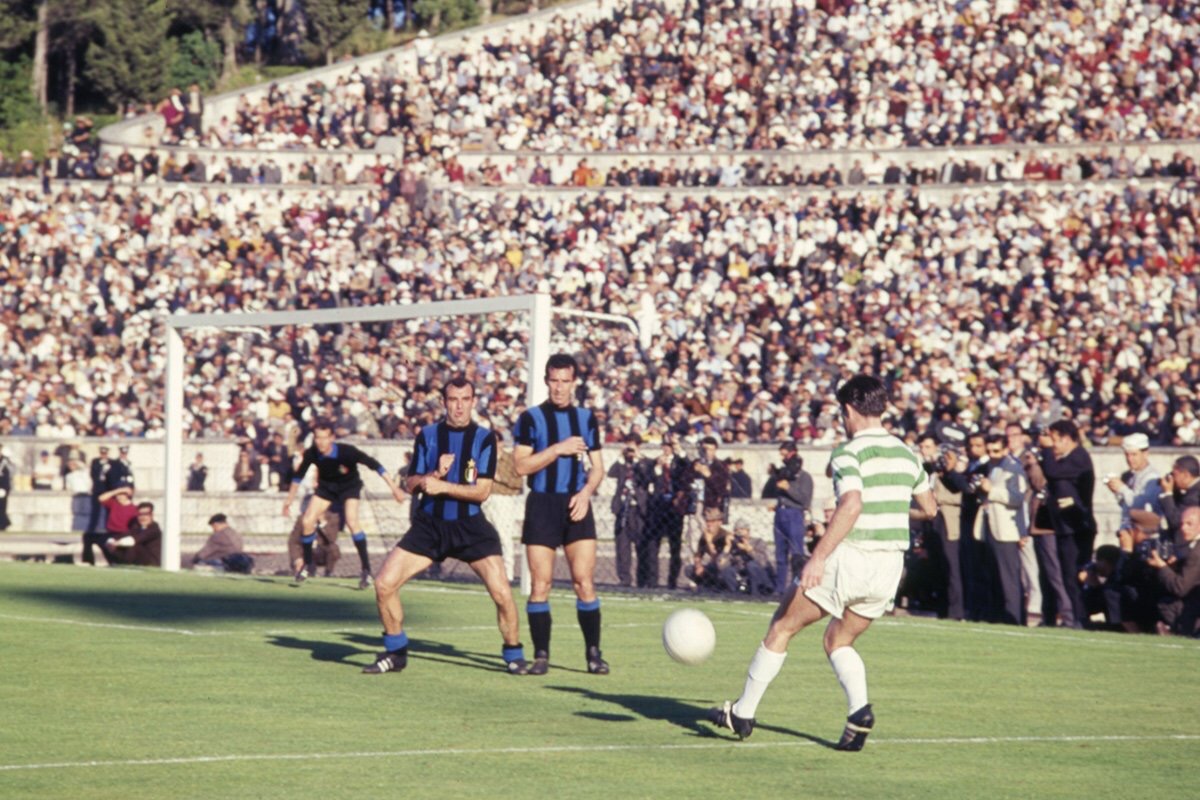
For those of you too young to fully understand that little passage, I envy you your youth.
When one of the aircraft touched down in Lisbon airport, one garrulus Glaswegian, in time-honoured fashion, got to his feet, removed his bunnet, threw a few shillings into it and began proferring it under the noses of the other passengers. “Let’s have a whip-roon for the driver,” he appealed without a trace of irony.
Goodness only knows what the ‘driver’ thought of this impromptu gift from the travelling and generous patrons of the airline.
Of course, for many, the thought of flying to the game was far too expensive and completely out of the question. There is a limit to how many suits you can pawn. So, a particularly intrepid band of Celtic followers made their own plans on how best to reach Portugal.
A footballing convey of around 100 cars, labelled the ‘Celticade’, rolled out of Glasgow four days ahead of the game, embarking on the adventurous trek of some 1,700 miles.
Some of the vehicles had seen better days and the standing joke was: “For goodness sake don’t get rid of the rust – the car will fall apart.” One owner patted his newly-painted green-and-white Hillman Imp on the bonnet upon arrival in Lisbon.
With a massive sigh of relief, he was heard to say: “Now, Jimmy, the trick is for you to get me home.”
They arrived in their thousands via bus, ship and rail as well as air. They trekked through France and Spain before reaching their coveted destination.
The rail travellers arrived in various states of bon homie at the Santa Apolonia station and their dishevelled arrival was a matter of disbelief to the citizens. At that stage Lisbon was not the tourists’ haunt it is today.
The supporters toppled, staggered, struggled and zigzagged their way along the platform. There were unconfirmed reports of some actually walking in a straight line. The incredulous locals took the ‘invading’ jovial hordes to their hearts.
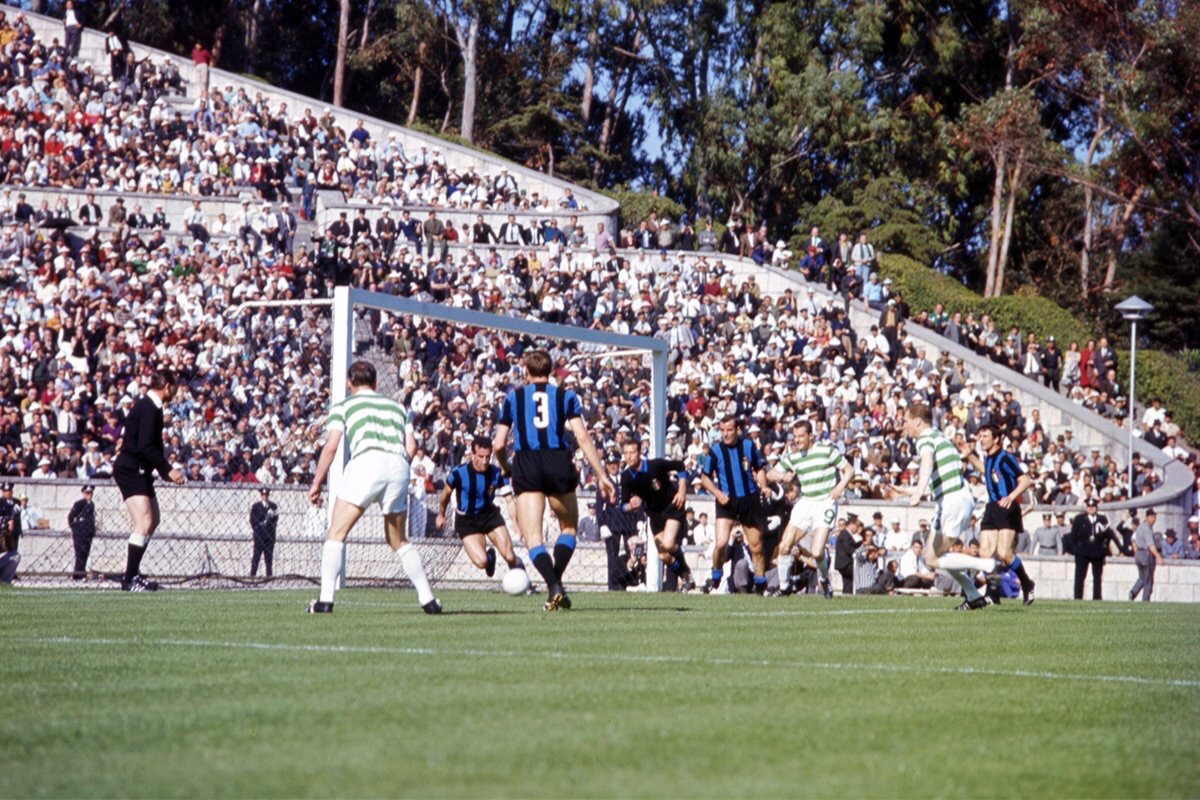
They may well have been astonished at these green-white-and gold-bedecked legions who arrived from ports dotted around the globe to support their favourites, but they were willing to give the Scots their passionate backing, too.
They were urged to do so by none other than the great Eusebio, the Benfica legend who was the Cristiano Ronaldo of his day. He had played against the dull, defensively-minded Inter Milan when they had defeated the Portuguese 1-0 in the 1965 European Cup Final.
He had been far from impressed by the smothering, spoiling tactics of the Italians and insisted the locals should welcome and embrace Celtic and the club’s support. He reassured the locals a triumph for Celtic would be a triumph for football. He was to be proved right in his assessment. So, the citizenry and the visitors dovetailed in harmony from day one…
Extract from Seville – The Celtic Movement. This book is FREE when you order CQN’s authentic Lisbon book That Season in Paradise from www.cqnbookstore.com

